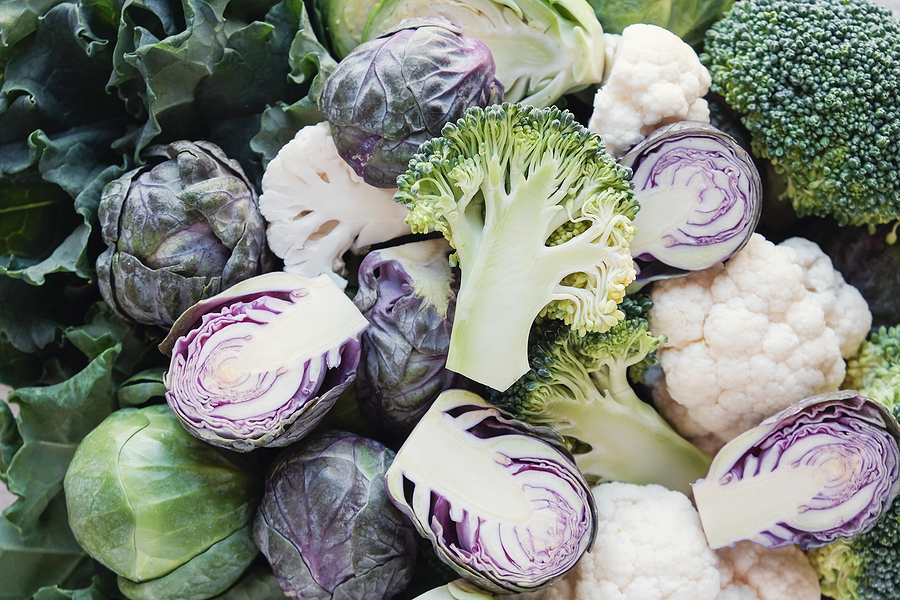I came across a very interesting article about cruciferous vegetables and cancer. I’ll provide the link to this article at the end of this post. Modern science has been able to mimic nature in delivering two compounds found in cruciferous vegetables.
But before I highlight this information on cruciferous vegetables and cancer it’s important to identify which edible plants fall into this category. They are:
Broccoli
Kale
Green and Red Cabbage
Cauliflower
Brussels Sprouts
My favorite is broccoli. And it is a good representative for the two key nutrients that have been clinically validated in their ability to fight cancer. They are:
-
Sulforaphane
-
DIM or 3,3′-diindolylmethane
Both of these ingredients have numerous studies that show how effective they are in killing cancer cells. Sulforaphane has shown promise in helping to reduce the risk for these cancers:
Breast
Bladder
Lung
Prostate
Cervix
Leukemia
Mouth
Brain
And DIM, that is found in broccoli, has show remarkable promise in resolving precancer cells that can lead to cervical cancer.
Sounds very promising. But there is a catch to these cruciferous vegetables and cancer. That catch is ingredient stability.
DIM is a very stable compound. So eat your broccoli and lots of it.
Sulforaphane is not. It is unstable and degrades rapidly if it’s not quickly absorbed. And the reason why is sulforaphane is an end product of a plant based chemical reaction.
Sulforaphane is not found in cruciferous vegetables. Instead, there is a precursor called glucoraphanin that is contained in the cells of cruciferous vegetables. And in a separate cellular compartment, these plants contain an enzyme called myrosinase.
When you eat cruciferous vegetables you begin to break down the cell walls that contain these two compounds. Then as these plants cells are digested and mixed the two chemical compounds come in contact with each other. This creates the environment for the enzyme myrosinase to convert glucoraphanin to sulforaphane in the small intestine.
Sulforaphane is then absorbed through the small intestine into your blood stream. And at this point your body can use it to help fight cancer cells.
These two ingredients also help to reduce the risk for cancer by:
Improving gene expression to lessen the risk for cancer
Reducing chronic inflammation
Fights estrogen-driven stimuli that can encourage cancer cell replication
Impede pre-cancerous cells from developing into cancer
Good health is all about prevention. Reducing your risk for disease from taking hold in your body. This means that you should make cruciferous vegetables a daily part of your diet. Whether you eat them raw or steamed, just make them a key part of your food plan.
Here is the link to more information about this subject:
https://www.lifeextension.com/magazine/2020/8/cancer-risk-reduced-with-cruciferous-vegetables
Blessing Lives Through Nitric Oxide Therapy!
Dan Hammer

Leave a Reply
You must be logged in to post a comment.